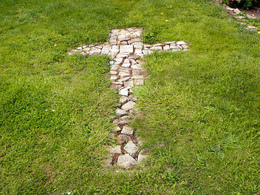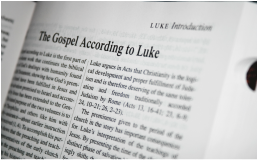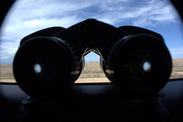The Scientific Lens
|
So what exactly is life?
For scientists, life, or living things can be thought of in this way: “Living systems are complex, with parts in relationship with one another. Cells contain many types of molecules and multicellular organisms are made up of cells with differing structures and functions.”1 Living things also use energy to function, such as a plant using light from the sun for the process of producing energy in photosynthesis, or humans eating food for the production of energy. Living things also reproduce, and as you recall from the first lesson, there is variation in the offspring. For humans, life begins as an egg and a sperm join in conception, then cells multiply and develop further into a baby who is birthed into the world. |
So what exactly is death?
Death occurs when the vital functions of a living thing come to an end. For humans, that generally means that all of the processes of organs and cells in the body stop working. There are different ways to determine if a person has died. An example of this is evaluating the brain or body function of a person to see if they are still performing the vital functions of life. While science can extend the life of a person using artificial means, or resuscitate a person who is dying, in time all living things stop performing the functions of life. This is called the life cycle. For scientists, life and death are viewed within an understanding, or lens, of scientific inquiry to determine how living things work. Think of looking through a telescope lens or other magnifying lens to examine and learn about the world. This way of looking through a lens represents the scientific method to understand all living things.” |
The Christian Lens: Life, Death, and
|
In the first lesson, we thought about a statement of belief and the first article of the Apostle’s Creed that claims God as the Creator of life. In the second article we see that Christians make a statement of belief about life and death that includes how Jesus came to be alive in the world (incarnation), died, and was raised from the dead (resurrection).
Here is that statement from the Apostle's Creed: I believe in Jesus Christ, God's only Son, our Lord, who was conceived by the Holy Spirit, born of the virgin Mary, suffered under Pontius Pilate, was crucified, died and was buried; he descended to the dead. On the third day he rose again; he ascended into heaven, he is seated at the right hand of the Father, and he will come to judge the living and the dead. Here is another version of a statement of belief about Jesus: In Jesus Christ, the man of Nazareth, our crucified and risen Lord, he has come to us and shared our common lot, conquering sin and death and reconciling the world to himself. (www.ucc.org) |
So what is incarnation? |
It is “The out-of-this-world notion that the eternal and infinite God came to meet us in the finite and first-century Jesus of Nazareth.”2 Jesus is God in real flesh in real time, which means 100% God plus 100% human. Don’t try to add it up; the math just doesn’t work for this equation. |
So what is resurrection? |
It is “The act of God by which new life is given to the dead.” 3 As the author of the Crazy Talk dictionary tells us, this is not about zombies coming to life, but about the Creator of life bringing a second, eternal life. For Christians, life and death are viewed within an understanding, or lens, of how God is in relationship to our world. Think of looking through a telescope lens or other magnifying lens to examine and learn about God and how God meets us in Jesus Christ. This way of looking through a lens represents the Christian method to understand all living things. |
1 George L. Murphy, The Cosmos in Light of the Cross (Harrisburg, PA: Trinity Press International, 2003), 53.
2 Paraphrased from: Rolf A. Jacobson, ed., Crazy Talk: A Not-So-Stuffy Dictionary of Theological Terms (Minneapolis: Augsburg, 2008), 92.
3 Ibid., 145.
2 Paraphrased from: Rolf A. Jacobson, ed., Crazy Talk: A Not-So-Stuffy Dictionary of Theological Terms (Minneapolis: Augsburg, 2008), 92.
3 Ibid., 145.



